I'm not a great planner when I start writing a new book. I just have a sketchy overview of what I want to achieve, and an ending. I trust the characters to take care of themselves as far as the rest of it is concerned because I've learned that, for me at least, too much planning kills the story. So I allow my hero and heroine to lead and I just follow them.
Such a laissez-faire attitude can only get me so far though, so before I start I have to have a very clear view of who my characters are. This means a mind's eye view of how they look and dress. An understanding of their temperament and their ambitions. And most importantly, how they feel about themselves and about those around them. Although very little of this will be described in the book it shows in their actions and speech.
With this in mind (and a new book incubating) I've been thinking about my heroes and heroines this week and have decided that the one attribute they all have is kindness. Like everyone, my main characters can be temperamental, short-tempered, judgemental, miserable, the list goes on, but none of them is ever deliberately unkind. On occasion, some of the secondary characters are, of course, because conflict makes a story, but even they mostly have redeeming features.
In my book Loving Ellen, the story only works because Millie, the heroine, is kind. It's not a soppy sort of kindness though. She isn't afraid of confrontation or disagreement. Underpinning her every action is an inbuilt kindness that it transformational, however, and for this I genuinely like and admire her.
I like all the heroes and heroines in my other books too. Some more than others, but they are all people I would enjoy meeting in real life.
Thinking about them has made me think about kindness too. And about how we all treat one another nowadays, especially on social media. What is it that makes some people empathetic and kind, and others spiteful and vindictive, or just outspoken and uncaring? Is it their upbringing, an inbuilt part of their character, or is it because they can hide behind the safety of an anonymous name online? Whatever it is, it is sad, and it overshadows the acts and words of the many who still believe in kindness.
We don't have to agree on anything to still be kind to one another.

















































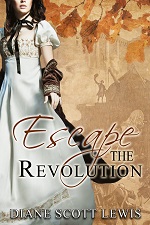
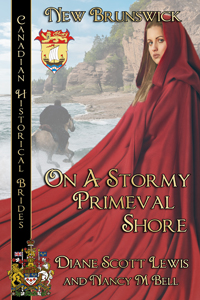

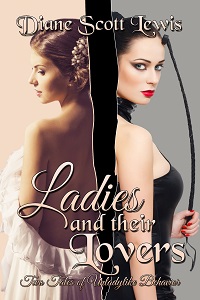

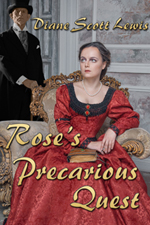
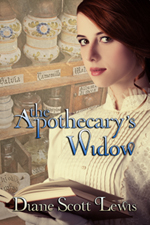





.png)

.jpg)

